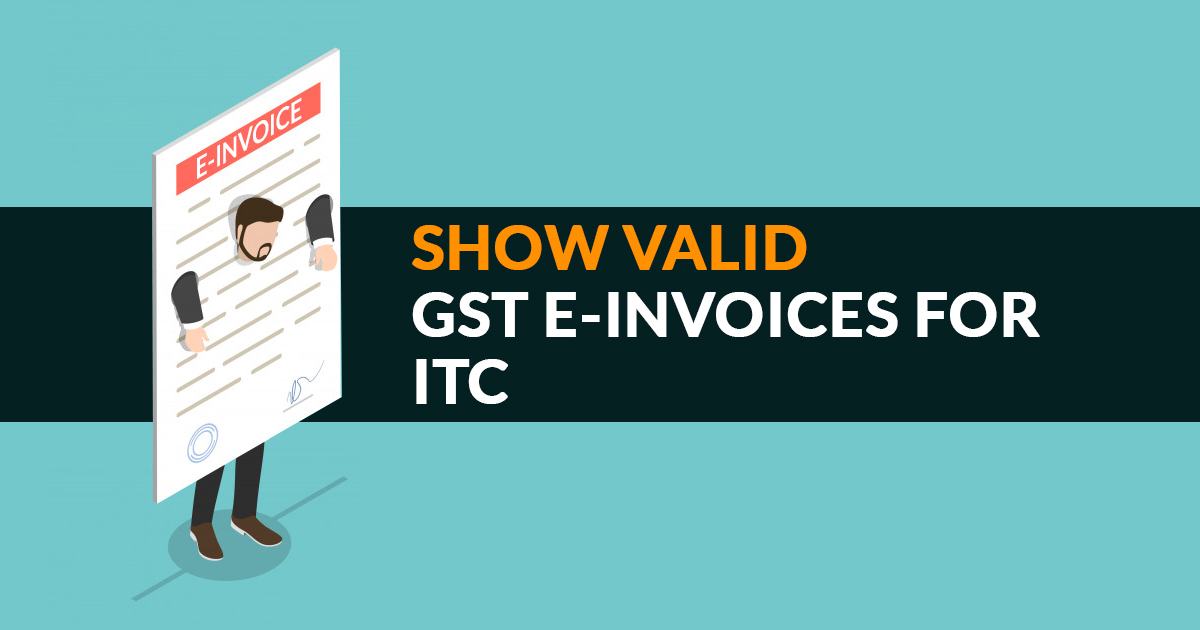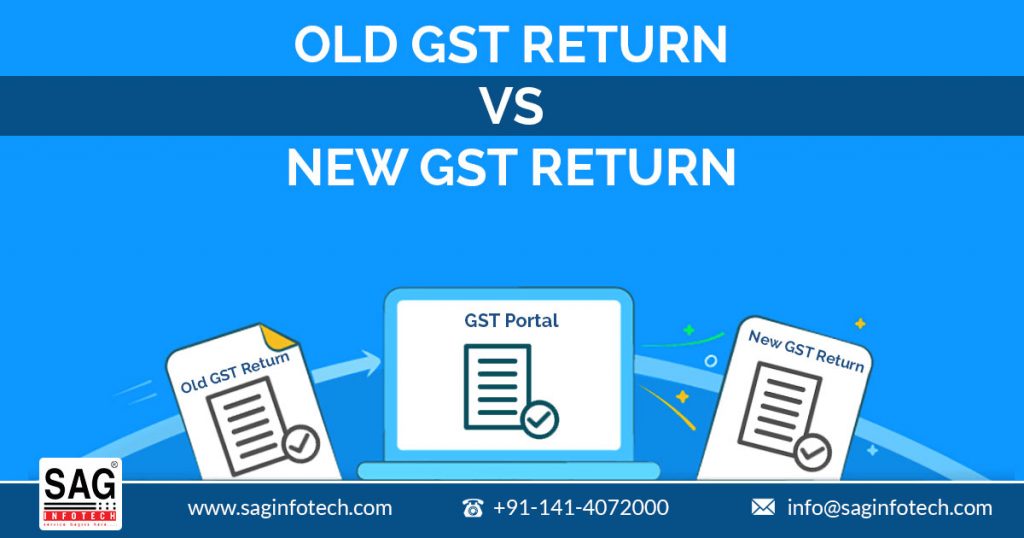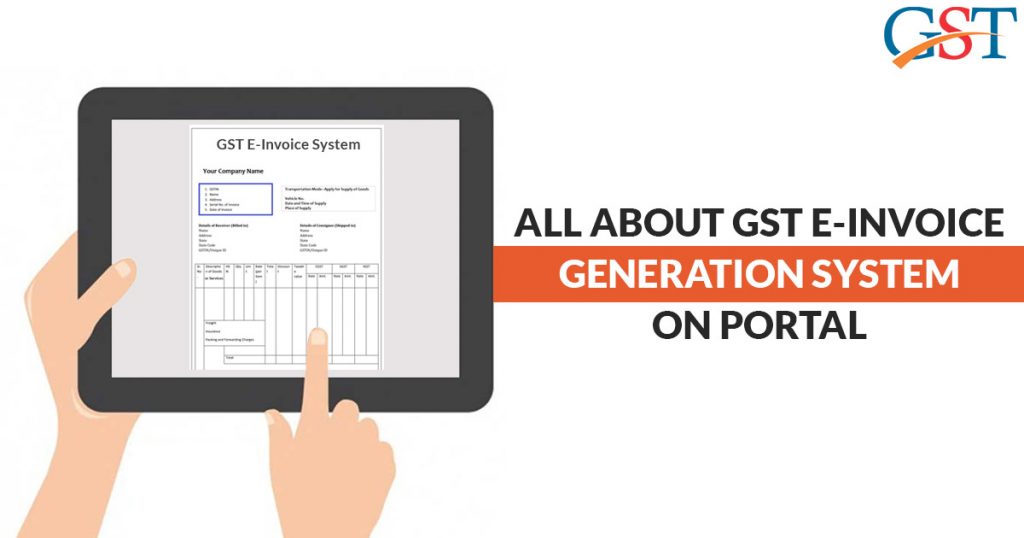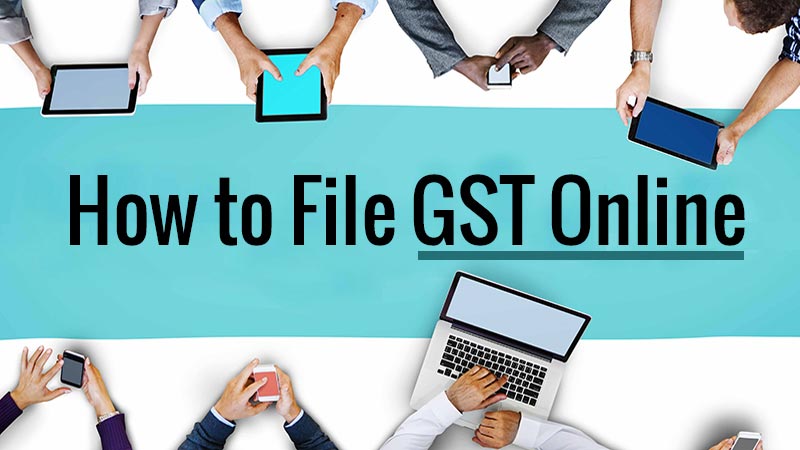The revenue department wants to collect the same amount as the taxes of the previous year, hence it is tightening the compliance requirements related to e-invoicing. Buyers need to ensure that appropriate e-invoices are issued to them by listed large GST-registered businesses

A list containing more than 28,000 GST identification numbers has been issued by the department. All the Listed ones should only issue e-invoice for B2B sales of items. The rule will come into action from October 1 for firms having turnover more than Rs 500 crore.
By connecting the GST E-invoicing system with the central portal authorities made it possible to receive and validate invoices in real-time. It was also the reason that the proposed overhaul of the GST return-filing system 
Rajat Mohan, the senior partner at AMRG & Associates, said “Every business entity procuring supplies from large vendors must ensure that invoice issued to him is a valid e-invoice with an invoice reference number (IRN). Taxpayers need to doubly ensure that supplies received from the listed vendors must be backed by a valid e-invoice”.
Although the implementation of GST e-invoicing 
A Government Source stated that “Even though the current system is catching frauds of fake invoices but it’s flagged only when returns are filed every month but with the real-time nature of the e-invoices, that time won’t be available for unscrupulous elements”.
The source also added that Now that all invoices are being stored in a central database during issuance, taxpayers only have to file simple GST returns 
While GST collection increased by 10% in the month of October and crossed the Rs 1 lakh crore mark for the first time in this financial year, the April-October collection in this financial year is about 80% of the previous year’s collection.